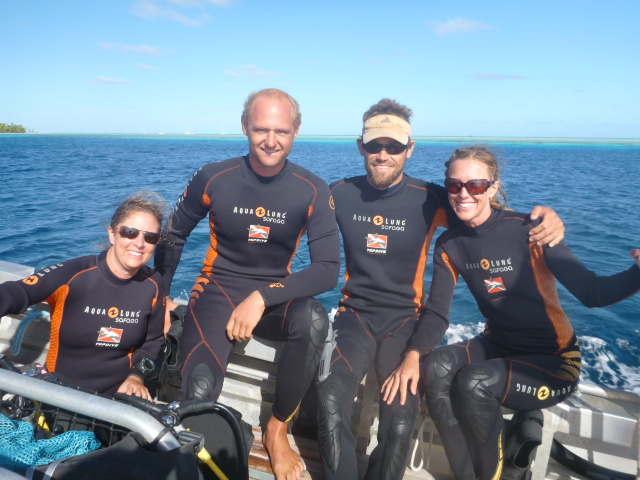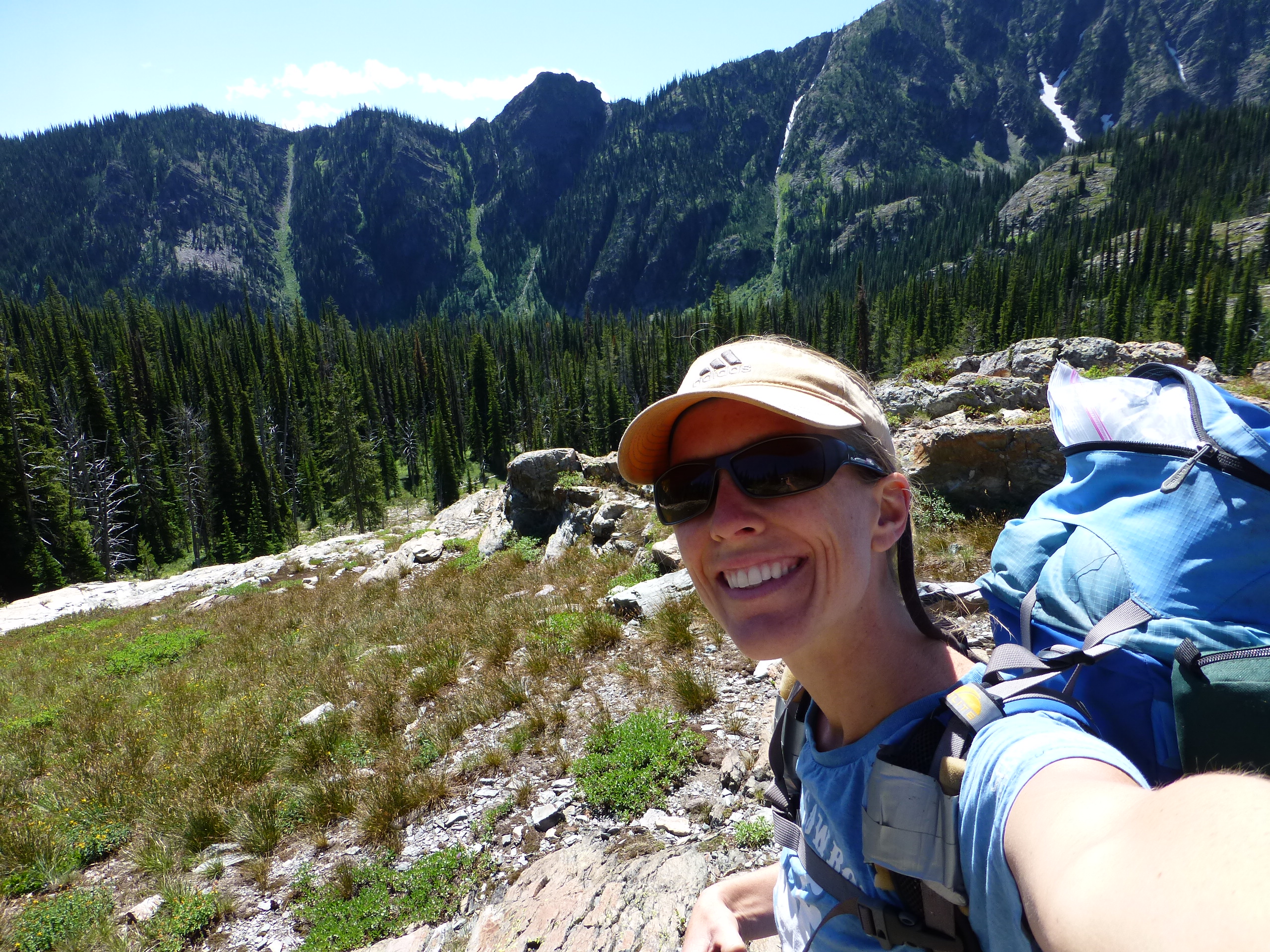Playing with Sharks

I’ve come to peace with sharks. They still give me pause when I see them coming toward me underwater, and they definitely earn my cautious respect. But I’m over the hump on my fear factor. The turning point — besides the shark immersion at Kauehi pass — was scubadiving the so-called “shark wall” at Fakarava’s south pass. This world heritage site is famous for those interested in swimming with the sharks. We watched hundreds of sharks hanging out along the wall, cruising through the shallow flats, and hovering in blue depths at 100 feet. I spent long minutes simply studying the slow rhythm of their big gills flaring in and out, in and out.
Sharks are smart. Graceful. And not dangerous, unless you do something stupid.
It’s kind of like the peace I made with bears after living in Montana for a couple of years. Respect the bears’ space, don’t harrass them or tempt them, and they are awesome to watch in the woods. Same with bees, when I helped Rob extract honey from his hives a couple of times. Respect the bees’ homes and personal space, don’t swat at them or make them angry, and they’ll give you delicious honey instead of sting you.
The sharks in the Tuamotus are mostly blacktip and whitetip, known to be curious but not dangerous. Now, if I see a ten-foot hammerhead swimming toward me, I’m not going to feel peaceful at all. But these motu sharks are kind of like pets at anchorage. They come check out the boats, circle the anchors. Plus, they know that humans often go fishing, and learned to follow along.

Rob is extra careful spearfishing, since the sharks will come up and snatch the speared fish right off his pole. They’re not interested in eating him, but if his arm got in the way of their snapper supper … well, I doubt they’d complain much. Spearfishing is definitely a group activity here, just in case. On the other hand, Rob’s also had a blast flyfishing for the smaller-sized sharks. He hooks them as the patrol the shallows at low tide, so he can study them up close before releasing them back to the sea.
I don’t really want to catch a shark, even if I do feel more comfortable swimming with them. Same with bears and bees: I have no need to contain the things that might harm me, but I do want to understand them enough to appreciate their purpose, their beauty, and their role on this grand blue globe we all share.






 the silence of sunset as the scrambled over a sheer cliff about 100 yards from my tent. Awesome creatures.
the silence of sunset as the scrambled over a sheer cliff about 100 yards from my tent. Awesome creatures.